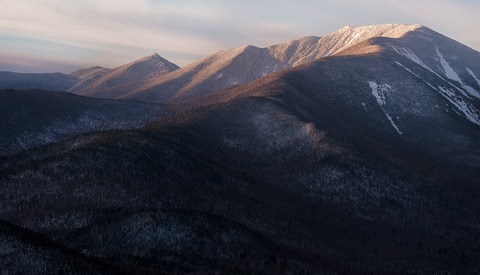Top 10 Business and Development Books for Photographers
With more photographers competing for work than ever before, you need to stay ahead of the pack in any way possible. One area many people in creative professions neglect to improve is business, and you needn't be part of that stereotype.





![Getting Creative Results With Harsh Lighting [NSFW]](https://cdn.fstoppers.com/styles/med-16-9/s3/lead/2019/02/harshlighting_boudoir.5.jpg)











































